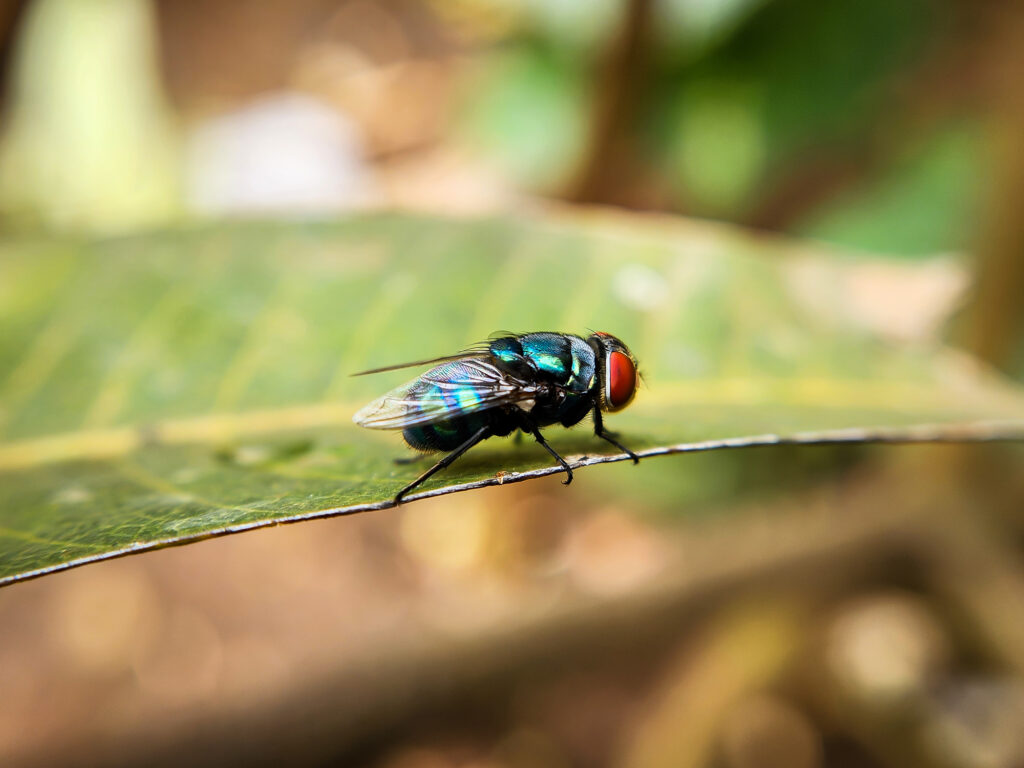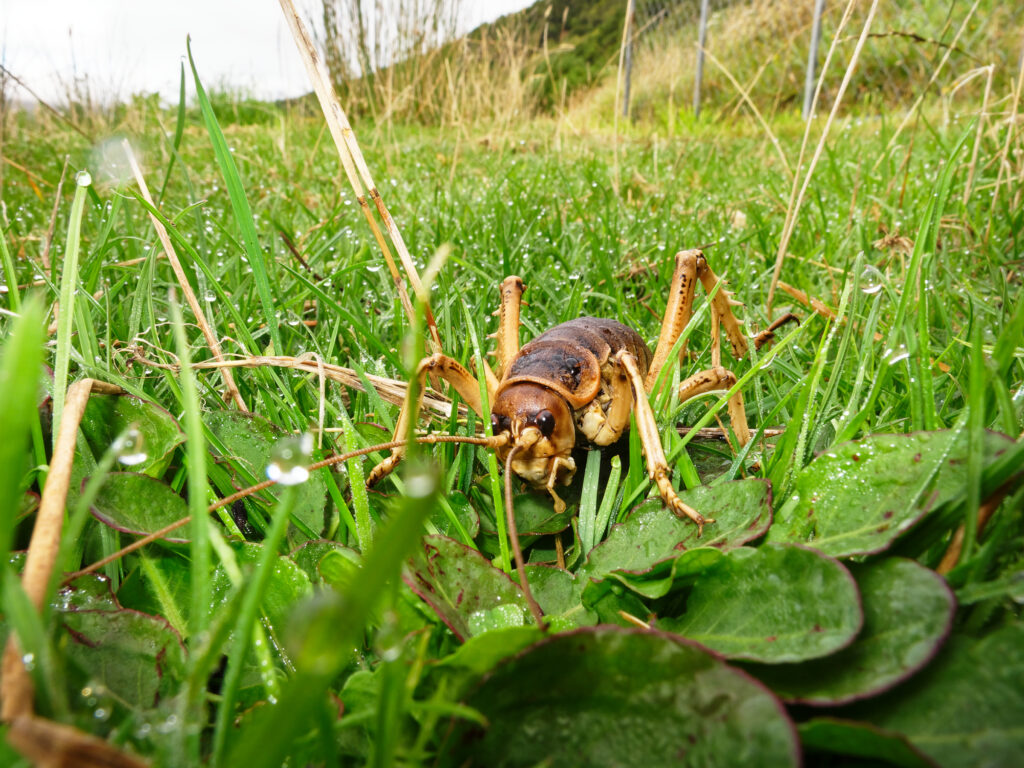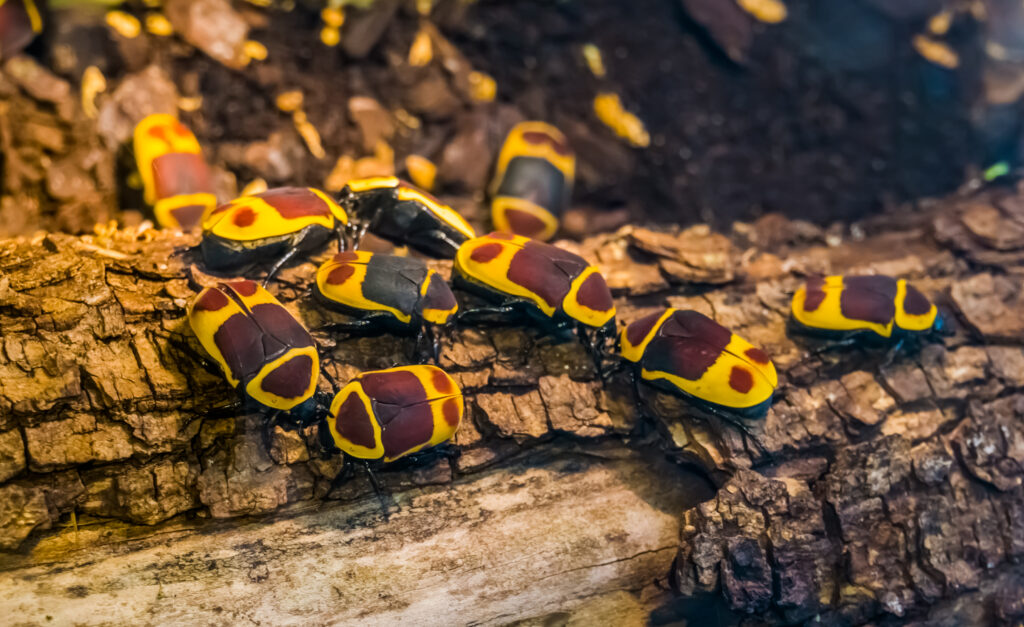They’re not the largest creatures on Earth, but they’re the most numerous and are crucial to the continuation of countless ecosystems. Not only do they keep ecosystems balanced by acting as both predators and prey, but they also help to pollinate plant species – something that’s invaluable to the survival of the world as we know it.
In this blog, we’re going to explore the world of insects, answering key questions like “are insects animals?” and providing you with loads of key facts about this class of animal.
Are Insects Animals?
As we’ve already touched on, insects are in fact animals! The Insecta class of animals sits under the phylum Arthropoda.
Animals you’re definitely familiar with, like beetles, flies, bees, and stick insects, all fall under the class of Insecta.
Some animals, like spiders and worms, are commonly mistaken for insects, but a key aspect of insects is their legs; insects have 6 legs.
What Do Insects Look Like?
Insects have three body parts, the head, thorax, and abdomen, with 3 jointed legs on either side of their body.
Some insects also have wings or antennae, but not all.
Insects are invertebrates, meaning they do not have an internal skeleton. Instead, they rely on a hard outer shell that keeps their body safe, strong, and correctly shaped.
10 Must-Know Facts about Insects
Now that we know what is and isn’t an insect, it’s time to start digging into the facts about insects.

Insects have been around for over 350 million years
Insects have been around for an incredibly long time, some estimates putting them at over 350 million years old! For some context, humans have been around for only 300,000 years.
They’re tiny size and natural ability to survive in tight, underground spaces has allowed them to live through multiple mass extinctions.
Most animals on Earth are insects
As we mentioned earlier, insects are the largest class of animals on Earth! In fact, most of the animals on Earth are insects! For every person on Earth, there are 1.4 billion insects.
There are 10 million species of insects in the world
As well as being a massive class of animals, there is also a huge variety of species within the class. Scientists estimate there are over 10 million species of insects currently on Earth, with only 1 million having been discovered.
Insects live all around the world
Their survivability is, in part, due to the fact that they can live almost anywhere on Earth. From snow-covered mountain ranges to the driest deserts, you’re sure to find some insects – even if they are hidden away underground!
The Giant Chinese Stick Insect is the longest insect in the world
Insects are generally quite small when compared to mammals, but some of them can still grow to be quite large.
The longest is a Phryganistria ‘chinensis’, an undescribed species of stick insect that measured 62.4cm, which was discovered in 2014 in China.
The Giant Weta is the heaviest insect on Earth
Despite Phryganistria ‘chinensis’ being the longest, it is not the heaviest. That honour belongs to Deinacrida heteracantha, or Giant wētā, weighing up to 71g! That might not sound that big; it’s only about as heavy as one small egg, but that’s heavy for an insect.

The Male Fairy Wasp is the smallest insect on earth
On the other end of the spectrum, you’ve got the fairly fly (Mymaridae). This tiny insect weighs about 2 micrograms. They’re so tiny that they’re not even visible to the naked eye.
Insects reportedly require sleep
Just like humans, insects reportedly require sleep in order to function. Insects typically enter a low-energy state called torpor, similar to sleep, which allows them to rejuvenate. The cycles of sleep differ from species to species, but one thing is for certain: even insects need shut-eye!
Insects have a varied diet
Similar to mammals, insects have an incredibly varied diet. Some insects, like grasshoppers, are herbivores surviving only on stems, leaves, seeds, and flowers.
Frugivores, like fruit flies, survive primarily on fruit and vegetables.
Some species of insect are even carnivores, eating other insects, blood, or carrion (the decaying flesh of animals).
Insects are vital for all ecosystems
As we mentioned, insects don’t just operate as predator or prey in their ecosystem; they also operate as crucial pollinators, spreading pollen so that plants can reproduce. Without insects, it’s likely that many species of plants would go extinct.
See Insects at Hastings Aquarium
At Hastings Aquarium, we’re incredibly excited to house some of the most fascinating insects on the planet!
All of our insects are found in the Jungle Room exhibit, a purpose-built exhibit that perfectly replicates the sights, sounds, and smells of the rainforest (minus the rain)!
In the exhibit, you’ll also come across chameleons, tarantulas, and huge boa constrictors!

Sun Beetle
The Sun beetle (Amara aenea) is a species of beetle known for its striking golden markings across its body. They grow to approximately 2.5cm in length and can be seen basking in the African sun. Unlike most other species of beetle, Sun beetles are diurnal, meaning they are most active during the daytime.
As adults, they survive on ripe and decaying fruit and wood. When they’re larvae, they grow by eating decomposing leaves and rotten wood.
Giant Asian Mantis
The giant Asian mantis (Hierodula membranacea) is a species of large mantis that is native to Southeast Asia. They’re about as large as the palm of an adult’s hand, with the females being larger than the males. They thrive in the warm, humid environments we’ve so wonderfully replicated in our Jungle Room exhibit.
Even if you’re behind it, mantises can rotate their head in a way that allows them to see behind themselves, something that’s worth seeing in person!
If you’re itching to get yourself down to Hastings Aquarium to see the incredible animals we’ve got here, what are you waiting for? Book your tickets now to see the marvellous wildlife we’ve got on display at Hastings Aquarium.
